Home>Home Appliances>Laundry Appliances>Washing Machine Making Whining Noise When Spinning
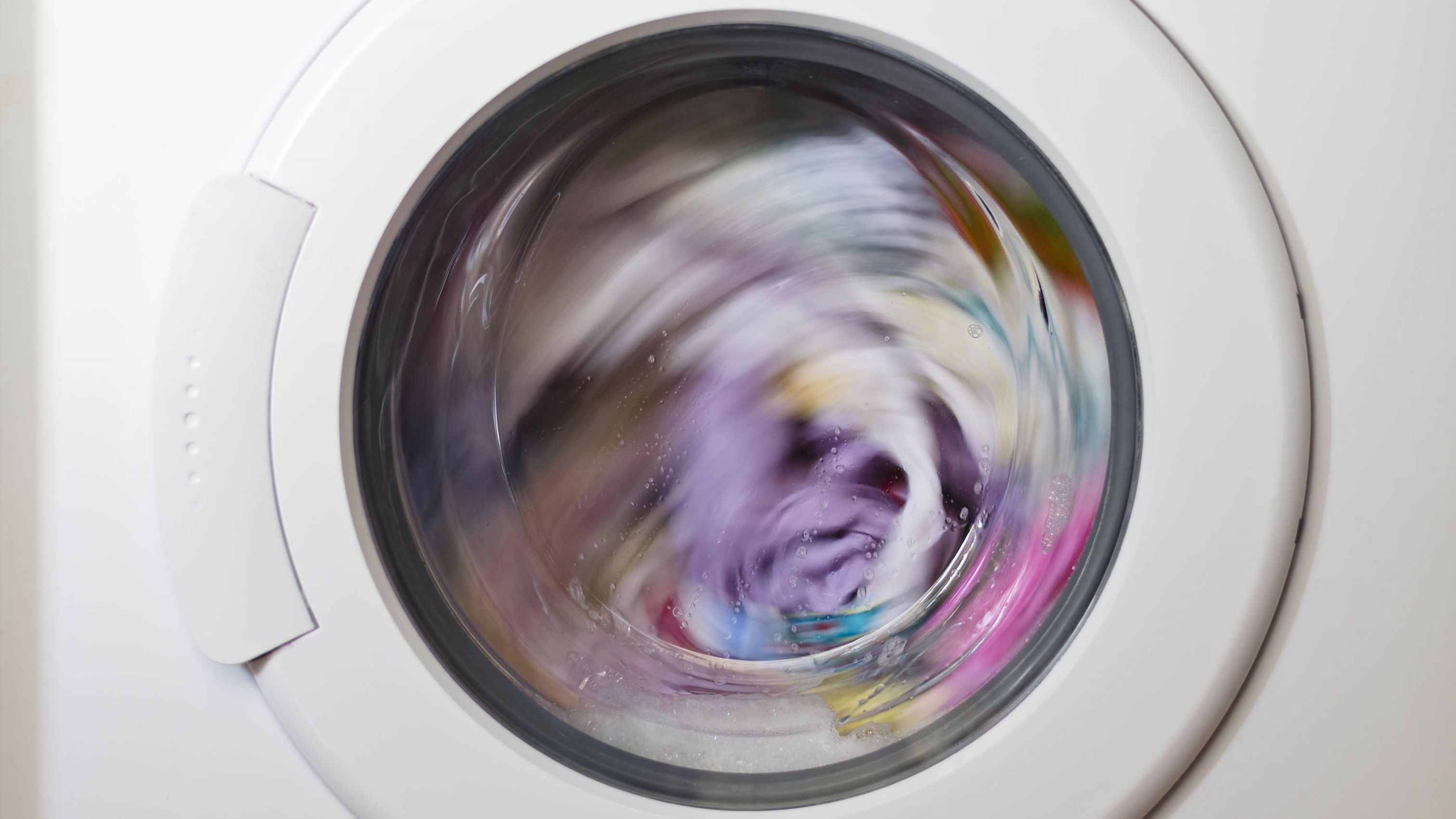

Laundry Appliances
Washing Machine Making Whining Noise When Spinning
Modified: March 19, 2024
If your laundry appliances are making a whining noise when spinning, learn how to troubleshoot and fix the issue. Get expert tips and advice here.
(Many of the links in this article redirect to a specific reviewed product. Your purchase of these products through affiliate links helps to generate commission for Storables.com, at no extra cost. Learn more)
Possible Causes of Whining Noise
When your washing machine starts emitting a high-pitched whining noise during the spinning cycle, it can be quite unsettling. Understanding the potential causes behind this unwelcome sound can help you address the issue promptly and effectively. Here are some common culprits responsible for the whining noise:
-
Worn Out Drive Belt: Over time, the drive belt in your washing machine may wear down, leading to a high-pitched whining sound during the spinning cycle. The friction caused by the worn-out belt can result in this noise, indicating that it's time for a replacement.
-
Faulty Bearings: The bearings in the washing machine's drum assembly play a crucial role in facilitating smooth rotation. When these bearings become worn or damaged, they can produce a distinct whining noise during operation. If left unattended, this issue can escalate, potentially causing further damage to the machine.
-
Loose Pulley: A loose pulley within the washing machine's mechanism can also be a source of the whining noise during spinning. The irregular movement of a loose pulley can generate a high-pitched sound, signaling the need for immediate attention.
-
Imbalanced Load: Sometimes, an imbalanced load within the washing machine can lead to a whining noise during the spinning cycle. When the load is not distributed evenly, it can cause the machine to operate with increased vibration, resulting in the production of this unsettling sound.
-
Worn Motor Coupling: The motor coupling serves as a connection between the motor and the transmission in the washing machine. If this component becomes worn or damaged, it can produce a distinct whining noise during the spinning cycle, indicating the need for a thorough inspection and potential replacement.
Identifying the potential causes of the whining noise in your washing machine is the first step towards resolving this issue. By understanding these common culprits, you can take proactive measures to address the problem and restore your washing machine's smooth and quiet operation.
Key Takeaways:
- Don’t ignore a whining washing machine! It could be a worn belt, faulty bearings, or imbalanced load. Regular maintenance and timely professional help can keep your machine running smoothly.
- Troubleshoot whining noises by checking the drive belt, bearings, and load balance. If issues persist, seek professional help to ensure safety and optimal performance.
Read more: Washer Makes Noise When Agitating
Troubleshooting Steps
When faced with a washing machine emitting a whining noise during the spinning cycle, it's essential to undertake systematic troubleshooting steps to pinpoint and resolve the underlying issue. By following these steps, you can effectively address the problem and restore your washing machine's optimal performance.
-
Inspect the Drive Belt: Begin by examining the drive belt for any signs of wear or damage. If you notice fraying, cracks, or looseness, it's indicative of a worn-out belt that requires replacement. A faulty drive belt can lead to the production of a high-pitched whining noise during the spinning cycle.
-
Check the Bearings: Next, focus on the bearings within the washing machine's drum assembly. Rotate the drum manually to assess if the bearings are causing resistance or emitting unusual sounds. If you detect any irregularities, such as rough movement or noise, it's likely that the bearings are worn or damaged, necessitating prompt attention.
-
Inspect the Pulley: Examine the pulley for any signs of looseness or misalignment. A loose or misaligned pulley can result in erratic movement, leading to the generation of a high-pitched whining noise during operation. Ensure that the pulley is securely in place and functioning smoothly.
-
Address Load Imbalance: If the whining noise persists, consider the possibility of an imbalanced load within the washing machine. Uneven distribution of laundry can cause the machine to vibrate excessively during the spinning cycle, resulting in the emission of a whining noise. Adjust the load to achieve proper balance and observe if the noise diminishes.
-
Inspect the Motor Coupling: Lastly, assess the condition of the motor coupling, which serves as a vital component connecting the motor and transmission. Any signs of wear or damage to the motor coupling can lead to the production of a distinct whining noise during operation. If necessary, consult a professional to thoroughly inspect and potentially replace the motor coupling.
By systematically troubleshooting these potential sources of the whining noise, you can effectively identify and address the underlying issue. These proactive steps enable you to take control of the situation, potentially resolving the problem without the need for extensive repairs or replacements. If the troubleshooting steps do not alleviate the whining noise, it may be time to seek professional assistance to ensure the thorough assessment and restoration of your washing machine's functionality.
Check if the load is balanced and the machine is level. If the noise persists, it could be a sign of worn-out bearings or a faulty belt. It’s best to have a professional technician inspect and repair the machine.
Maintenance Tips
Regular maintenance is key to ensuring the optimal performance and longevity of your washing machine. By incorporating these essential maintenance tips into your routine, you can effectively mitigate potential issues and preserve the smooth operation of your appliance.
-
Clean the Drum and Tub: Periodically clean the drum and tub of your washing machine to remove any residue, detergent buildup, or foreign objects. Use a mild detergent and a soft cloth to wipe the interior surfaces, ensuring that no debris or obstructions compromise the machine's functionality.
-
Inspect and Replace the Drive Belt: Routinely inspect the condition of the drive belt and replace it if signs of wear, fraying, or damage are evident. A well-maintained drive belt contributes to smooth operation and minimizes the risk of generating a whining noise during the spinning cycle.
-
Lubricate Bearings and Pulleys: Apply lubricant to the bearings and pulleys as recommended by the manufacturer. Proper lubrication reduces friction, promotes smooth rotation, and minimizes the likelihood of these components contributing to the production of a whining noise.
-
Balance the Load: Prior to each laundry cycle, ensure that the load is evenly distributed within the washing machine. An imbalanced load can lead to excessive vibration and noise during the spinning cycle. By maintaining proper load balance, you can prevent unnecessary strain on the machine's components.
-
Inspect Motor Coupling: Regularly inspect the motor coupling for any signs of wear, damage, or misalignment. Addressing potential issues with the motor coupling in a timely manner can prevent the development of a whining noise and sustain the efficient transmission of power within the washing machine.
-
Check for Loose Components: Periodically check for loose or misaligned components, such as pulleys and fasteners, within the washing machine's mechanism. Tighten any loose parts to ensure stable and smooth operation, minimizing the risk of generating unwanted noises.
-
Professional Maintenance: Consider scheduling professional maintenance and inspection of your washing machine at regular intervals. A qualified technician can conduct thorough assessments, identify potential issues, and perform preventive maintenance to uphold the machine's performance and reliability.
By integrating these maintenance tips into your washing machine care routine, you can proactively address potential sources of a whining noise and maintain the appliance in optimal condition. Regular maintenance not only minimizes the likelihood of encountering operational issues but also contributes to the longevity of your washing machine, ensuring consistent and efficient performance for years to come.
When to Call a Professional
While troubleshooting and maintenance efforts can often resolve minor issues with a washing machine, there are instances where the expertise of a professional technician is essential. Recognizing the signs that warrant professional intervention is crucial in ensuring the timely and effective resolution of complex problems. Here are the scenarios indicating when it is necessary to seek the assistance of a professional:
-
Persistent Whining Noise: If the washing machine continues to emit a whining noise despite thorough troubleshooting and maintenance efforts, it is advisable to enlist the expertise of a professional technician. A persistent whining noise may indicate underlying mechanical issues that require in-depth assessment and specialized repair techniques.
-
Unusual Vibrations and Movement: Excessive vibrations and erratic movement during the spinning cycle can signify significant mechanical or structural issues within the washing machine. Professional intervention is necessary to diagnose the root cause of these irregularities and implement precise corrective measures to restore the appliance's stability and functionality.
-
Visible Signs of Damage: Upon inspection, if you observe visible signs of damage to critical components such as the drive belt, bearings, or motor coupling, it is imperative to seek professional assistance. Attempting to address extensive damage without the requisite expertise can exacerbate the problem and compromise the overall integrity of the washing machine.
-
Electrical Malfunctions: In the event of electrical malfunctions, such as erratic power supply, tripped circuits, or unresponsive controls, it is crucial to engage a professional technician. Electrical issues pose inherent safety risks, and a qualified technician can conduct thorough diagnostics and repairs to ensure the safe and reliable operation of the washing machine.
-
Unusual Odors or Leaks: If the washing machine emits unusual odors or leaks water during operation, it indicates potential internal malfunctions that require professional attention. These symptoms may stem from complex issues such as damaged seals, faulty pumps, or internal blockages, necessitating expert assessment and resolution.
-
Manufacturer's Warranty Coverage: When encountering persistent operational issues, it is advisable to review the manufacturer's warranty coverage. If the appliance is within the warranty period, seeking professional assistance from authorized service providers ensures compliance with warranty terms and access to specialized repair solutions.
In these scenarios, entrusting the diagnosis and repair of your washing machine to a qualified professional is essential in safeguarding the appliance's performance, longevity, and safety. Professional technicians possess the expertise, specialized tools, and resources to accurately identify and address complex issues, restoring your washing machine to optimal functionality.
By recognizing the indications for professional intervention and promptly seeking expert assistance when necessary, you can ensure the comprehensive resolution of operational issues and the sustained reliability of your washing machine.
Frequently Asked Questions about Washing Machine Making Whining Noise When Spinning
Was this page helpful?
At Storables.com, we guarantee accurate and reliable information. Our content, validated by Expert Board Contributors, is crafted following stringent Editorial Policies. We're committed to providing you with well-researched, expert-backed insights for all your informational needs.
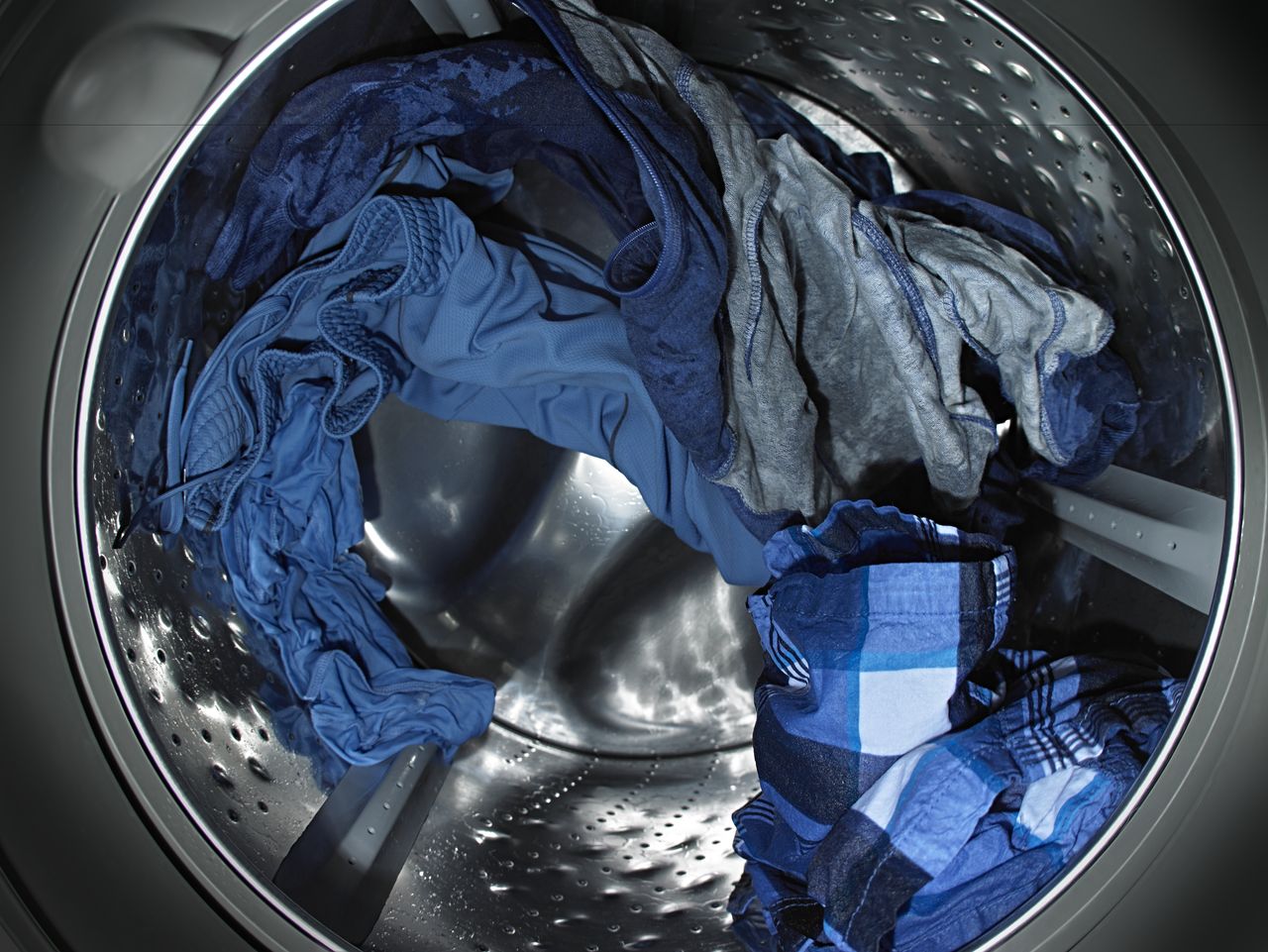
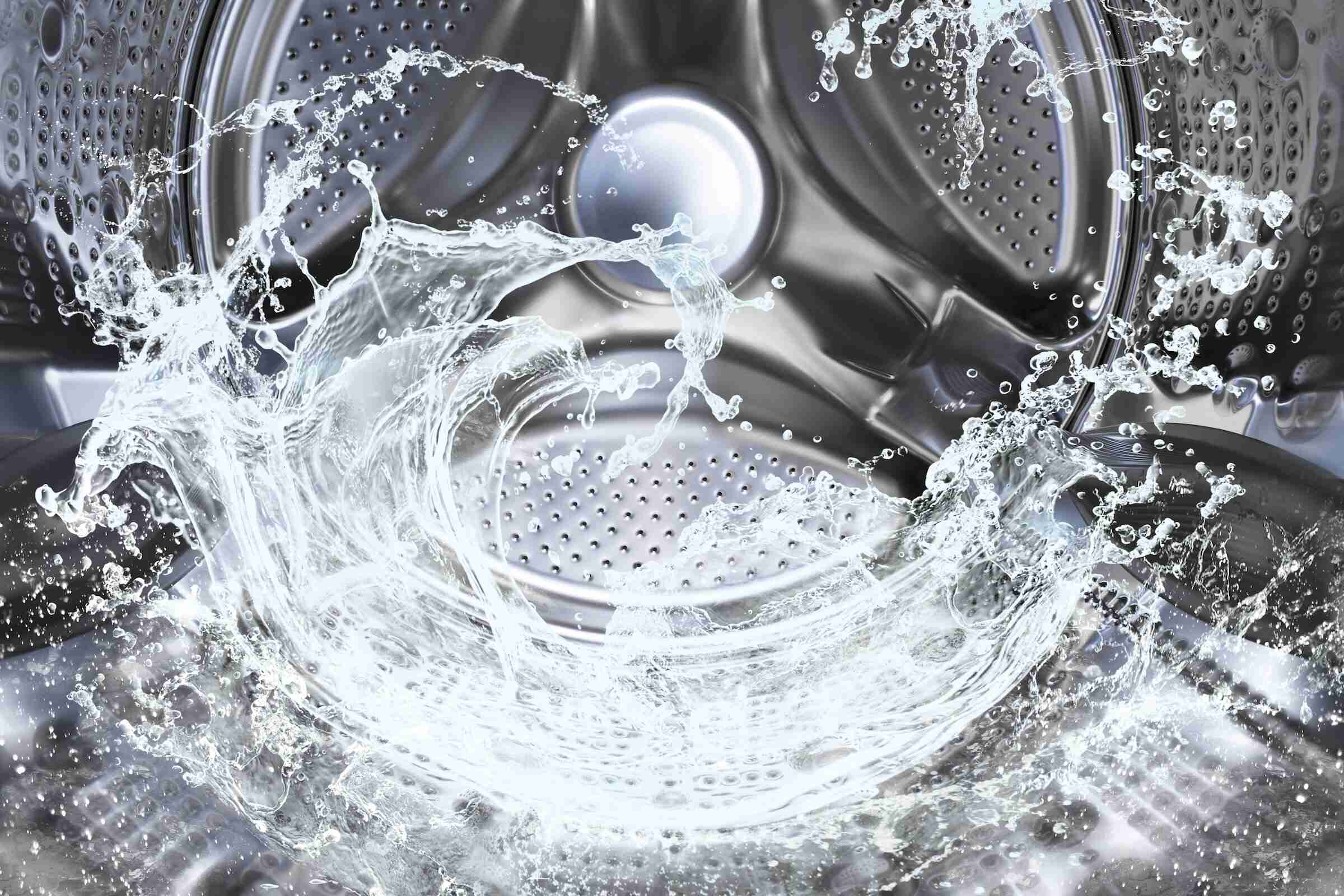

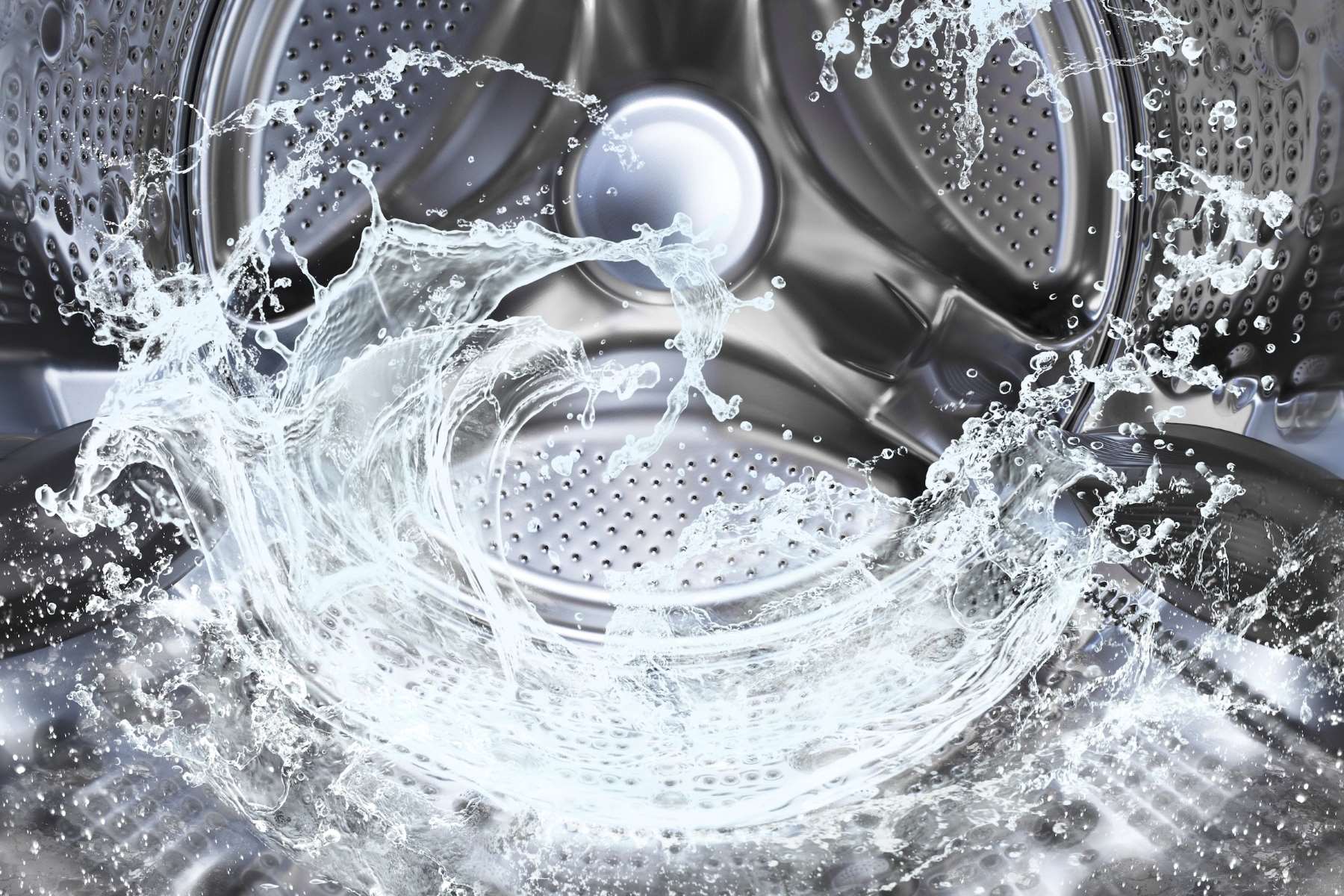
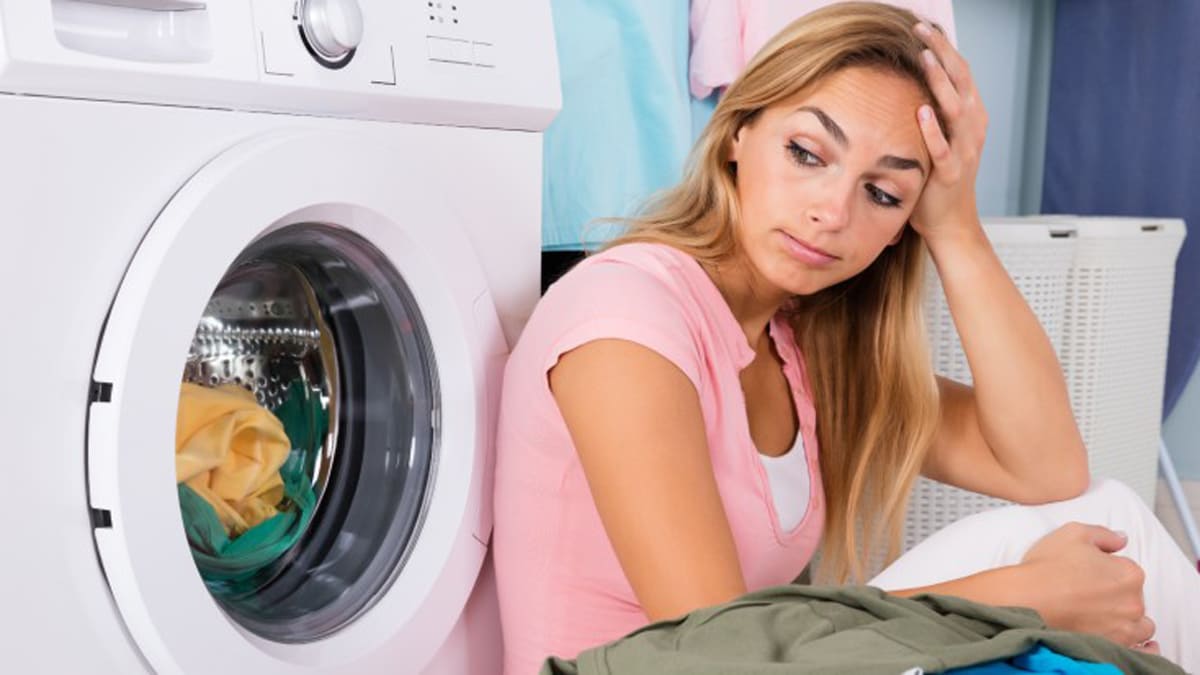
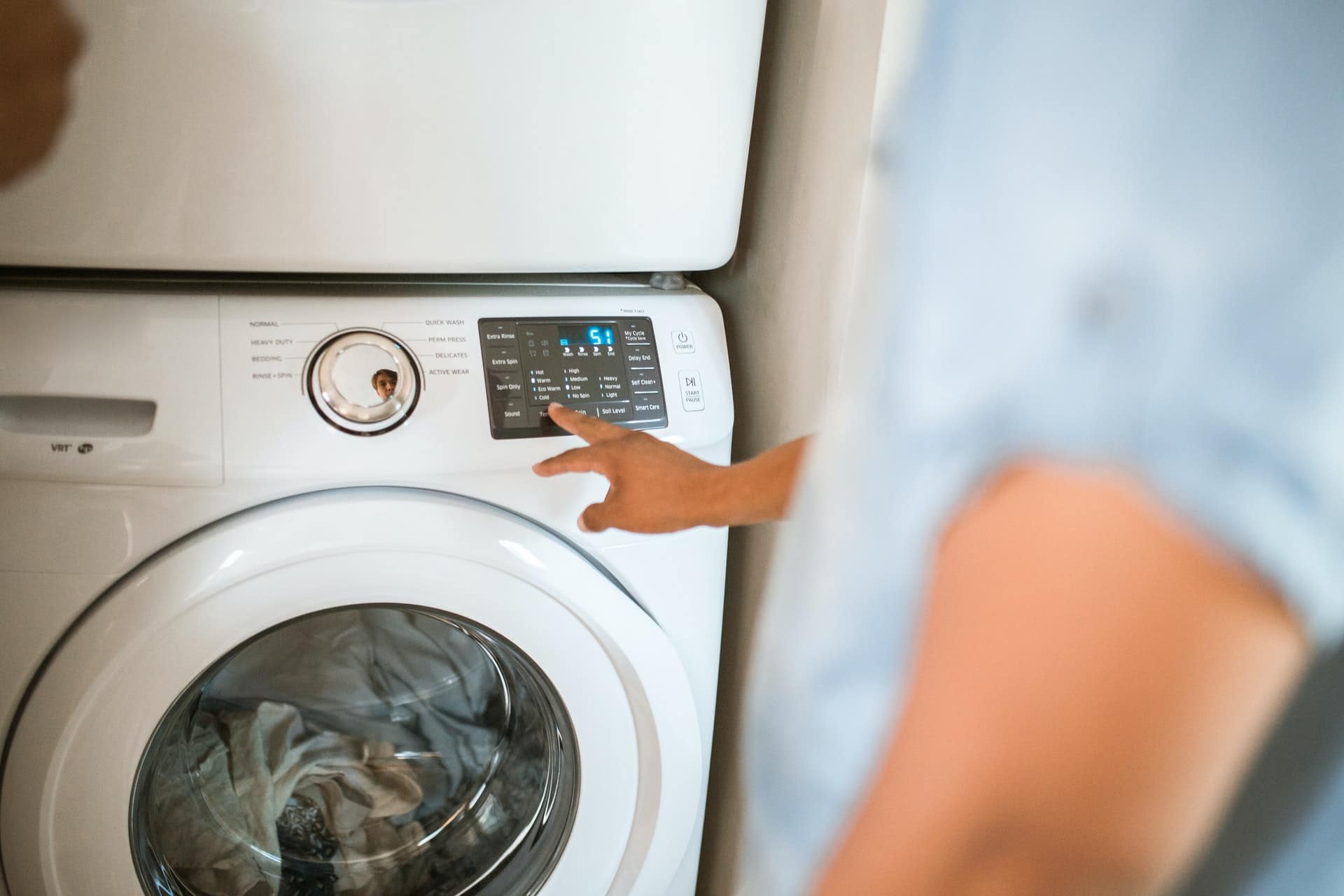
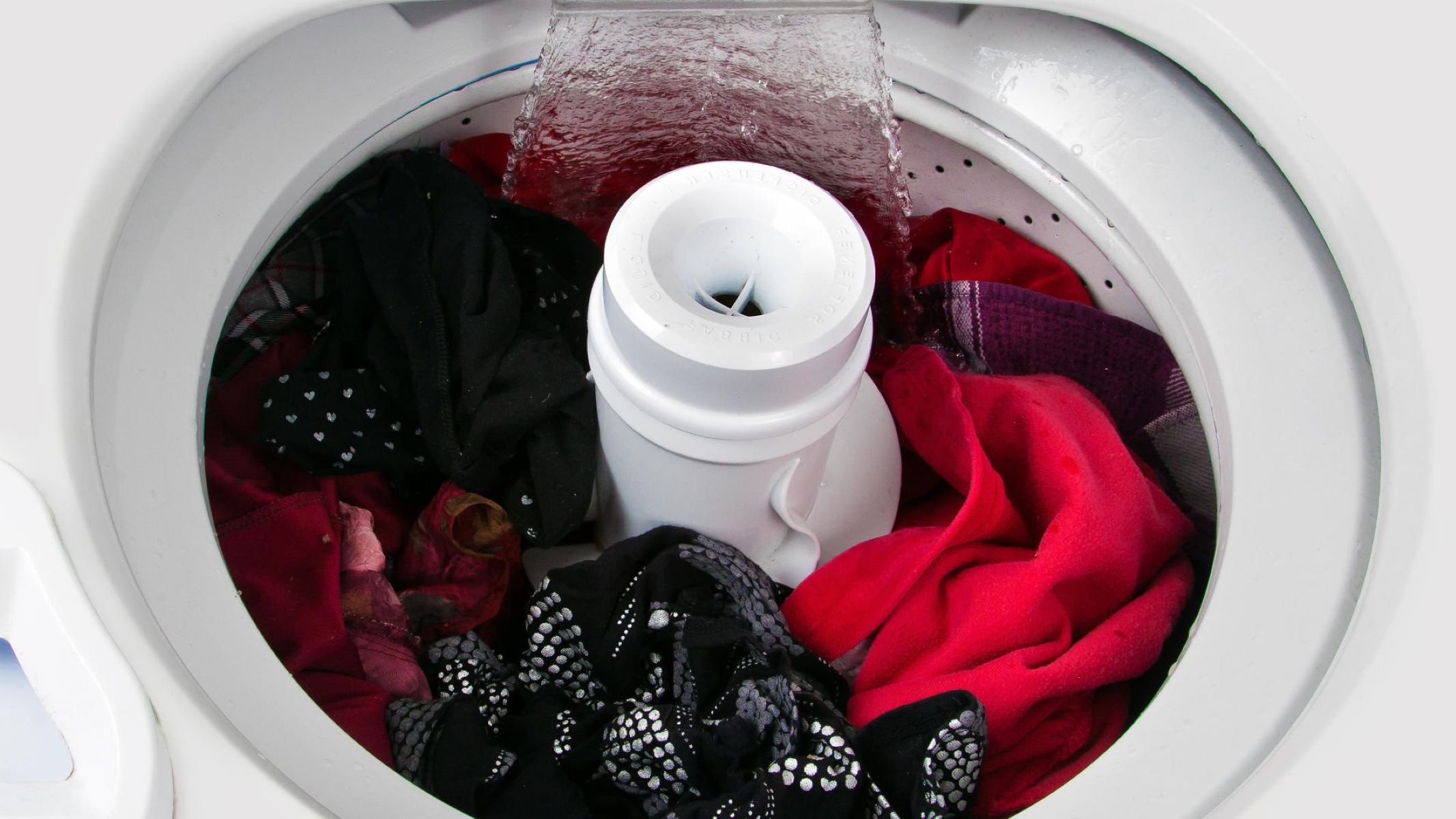

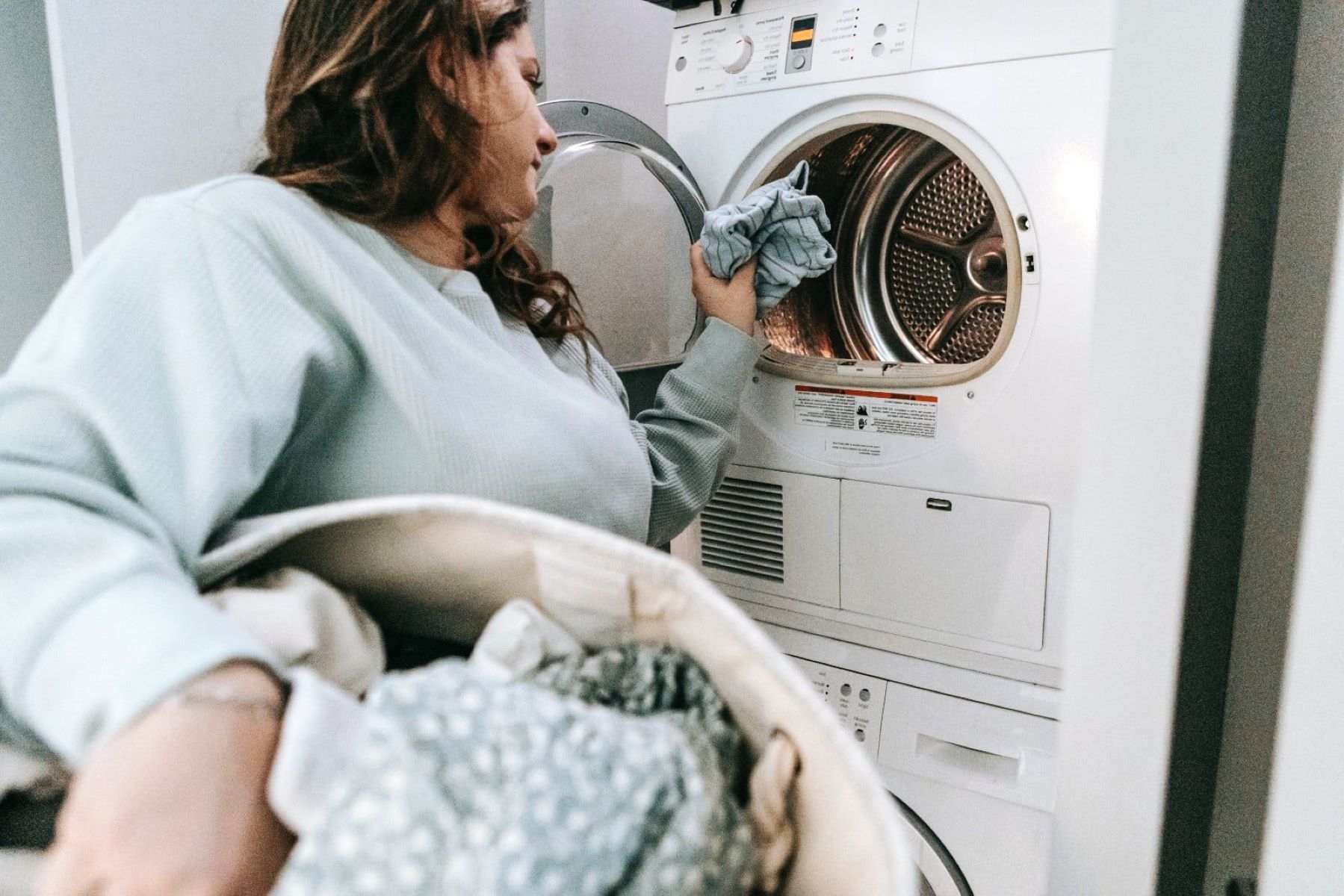
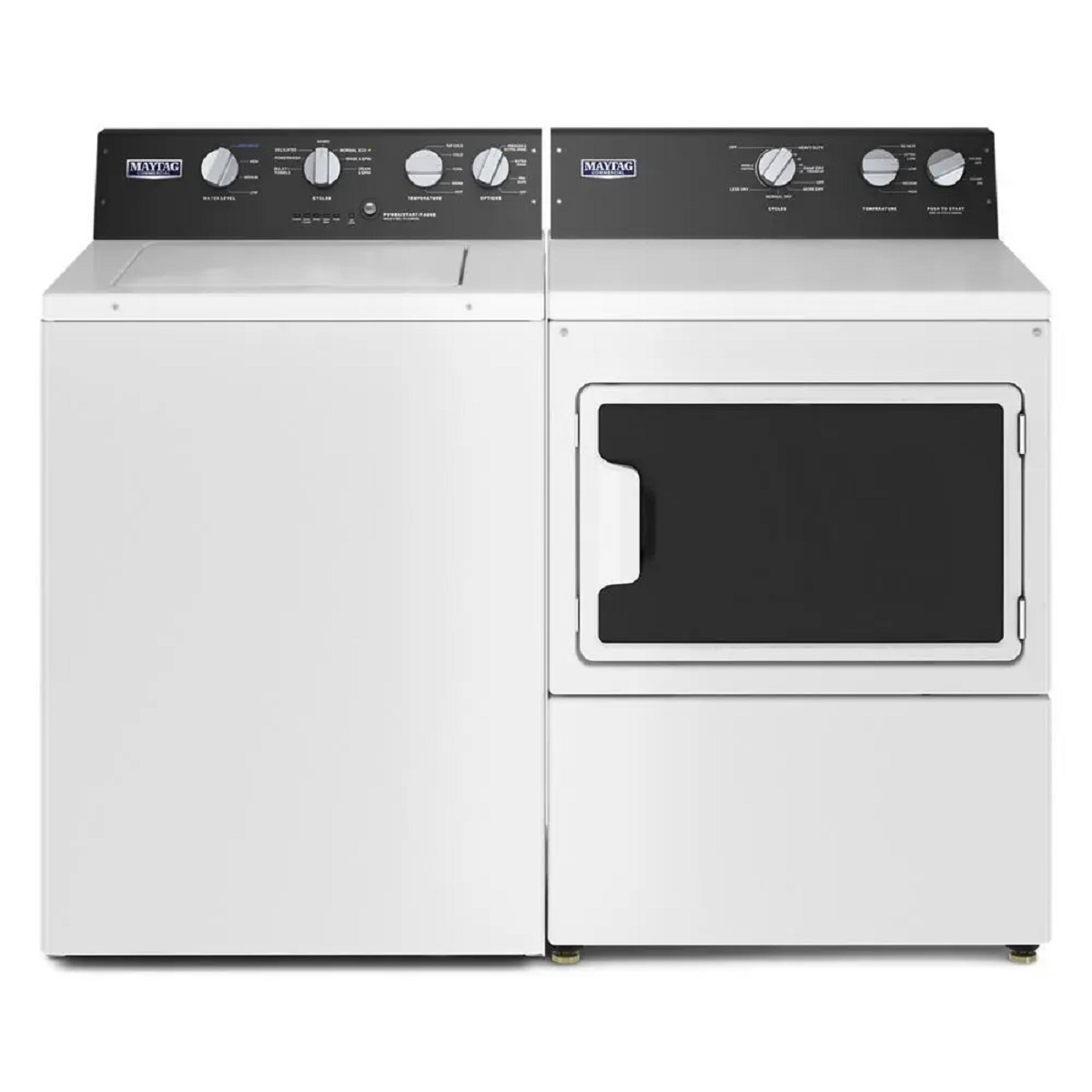
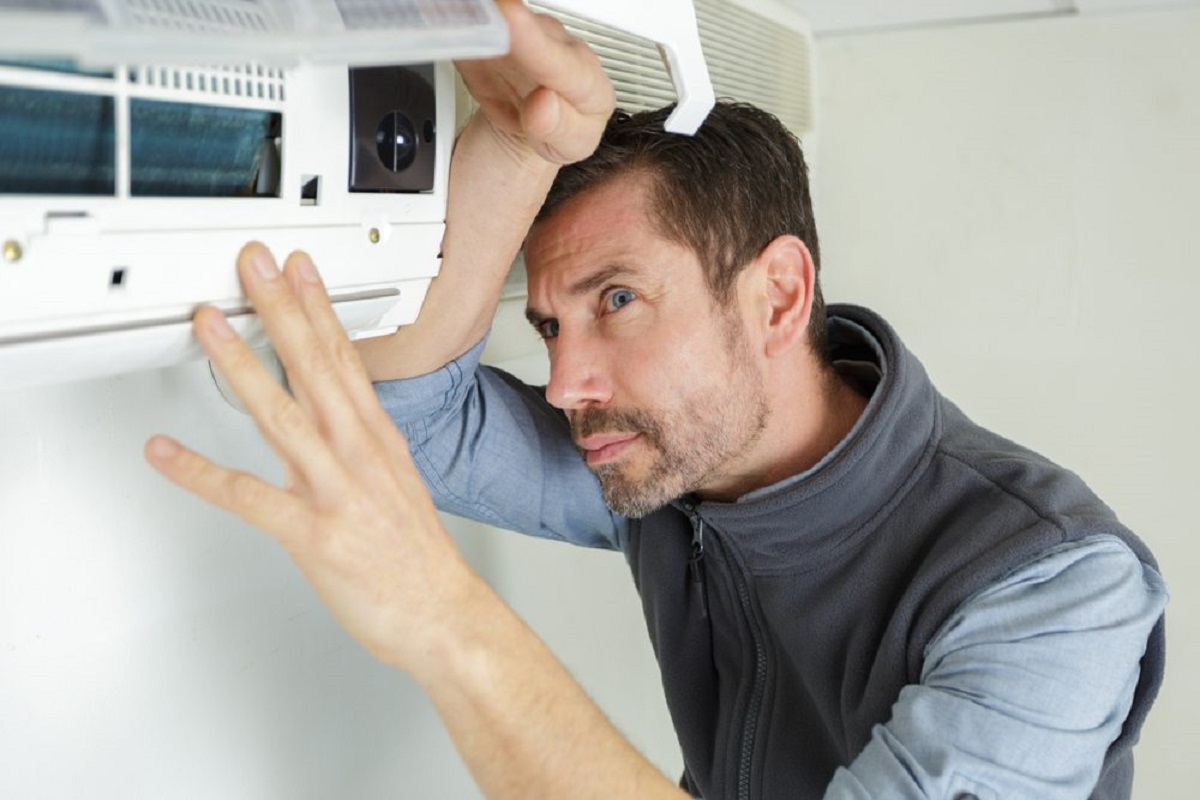
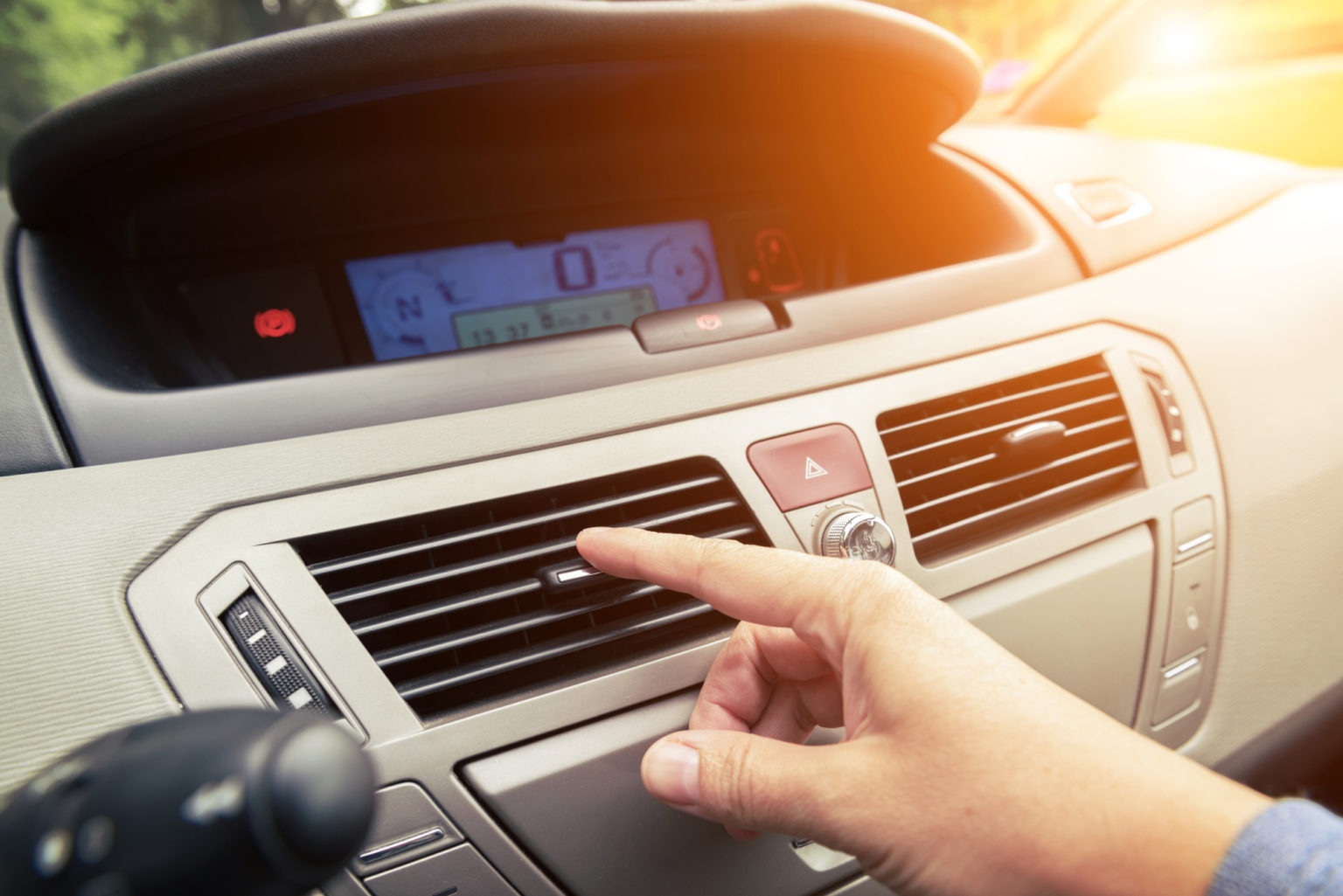
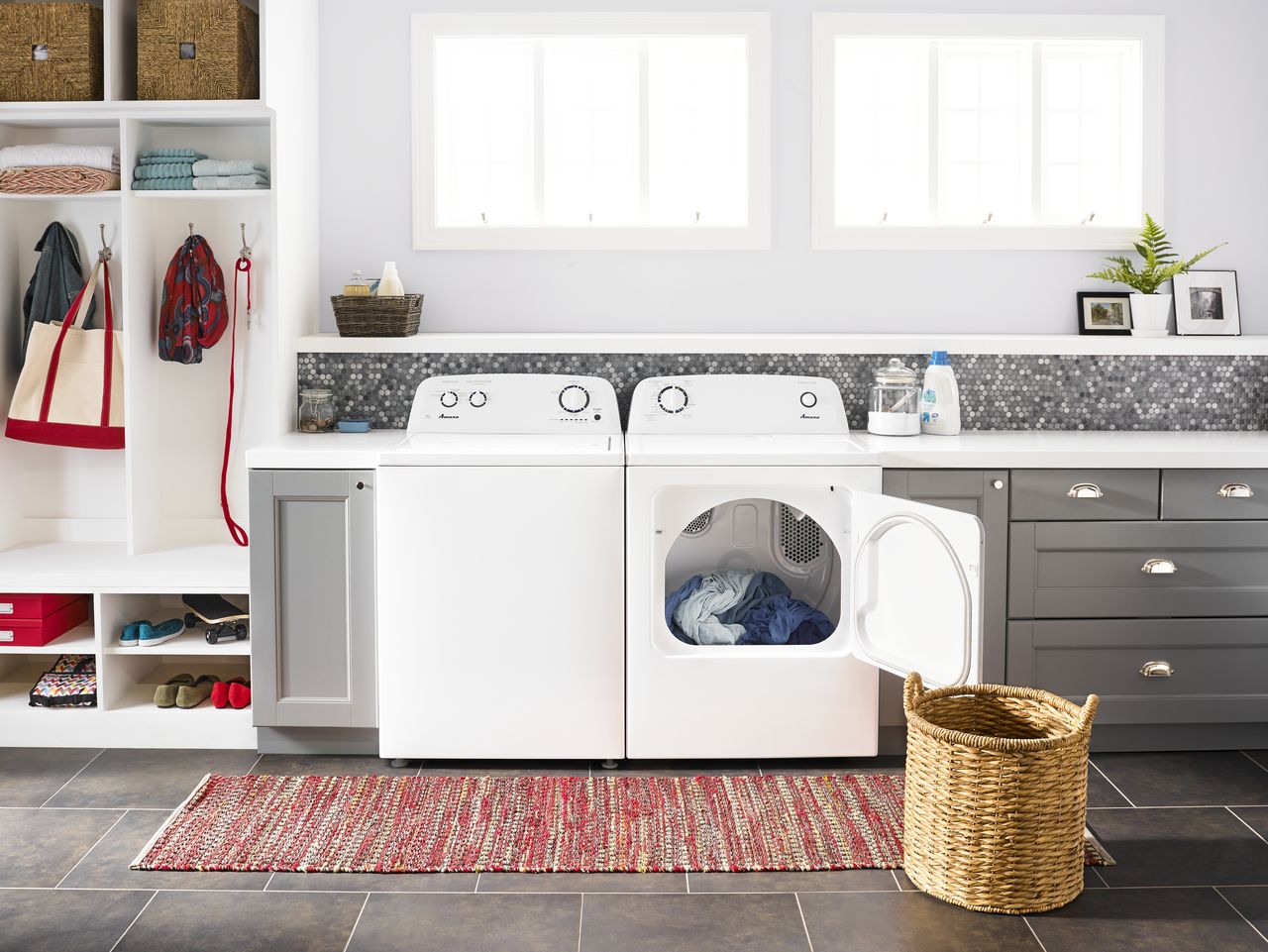
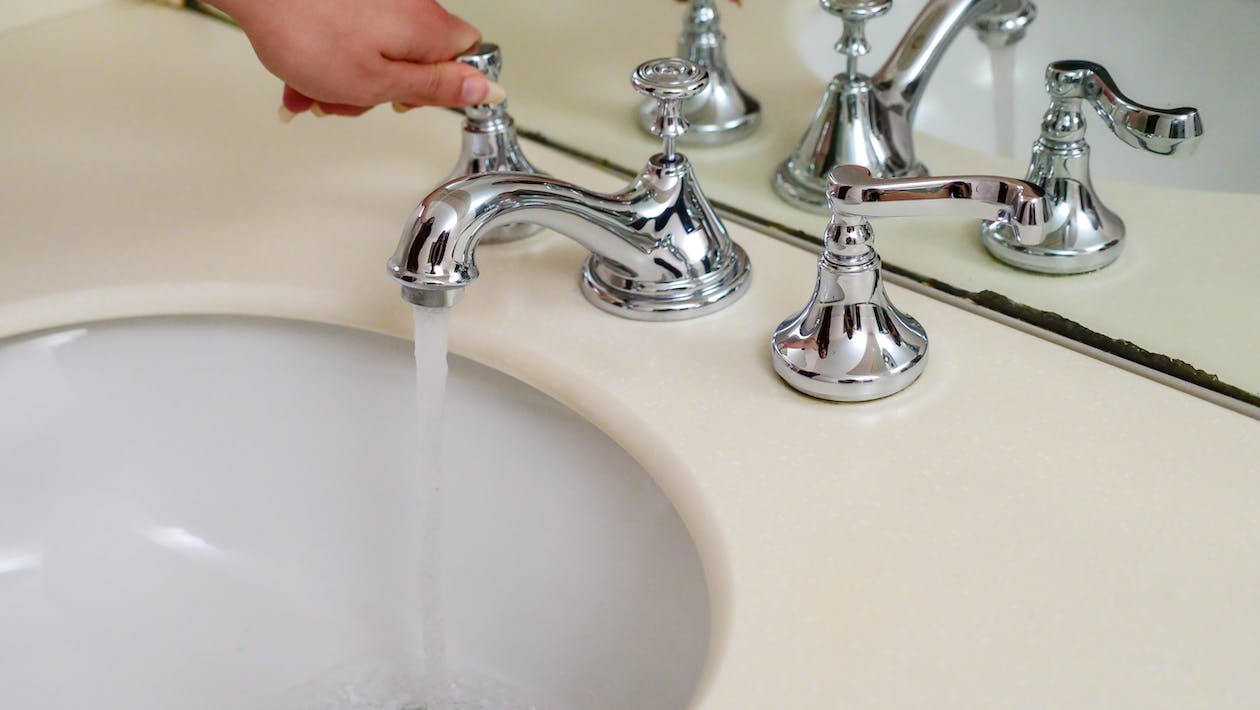
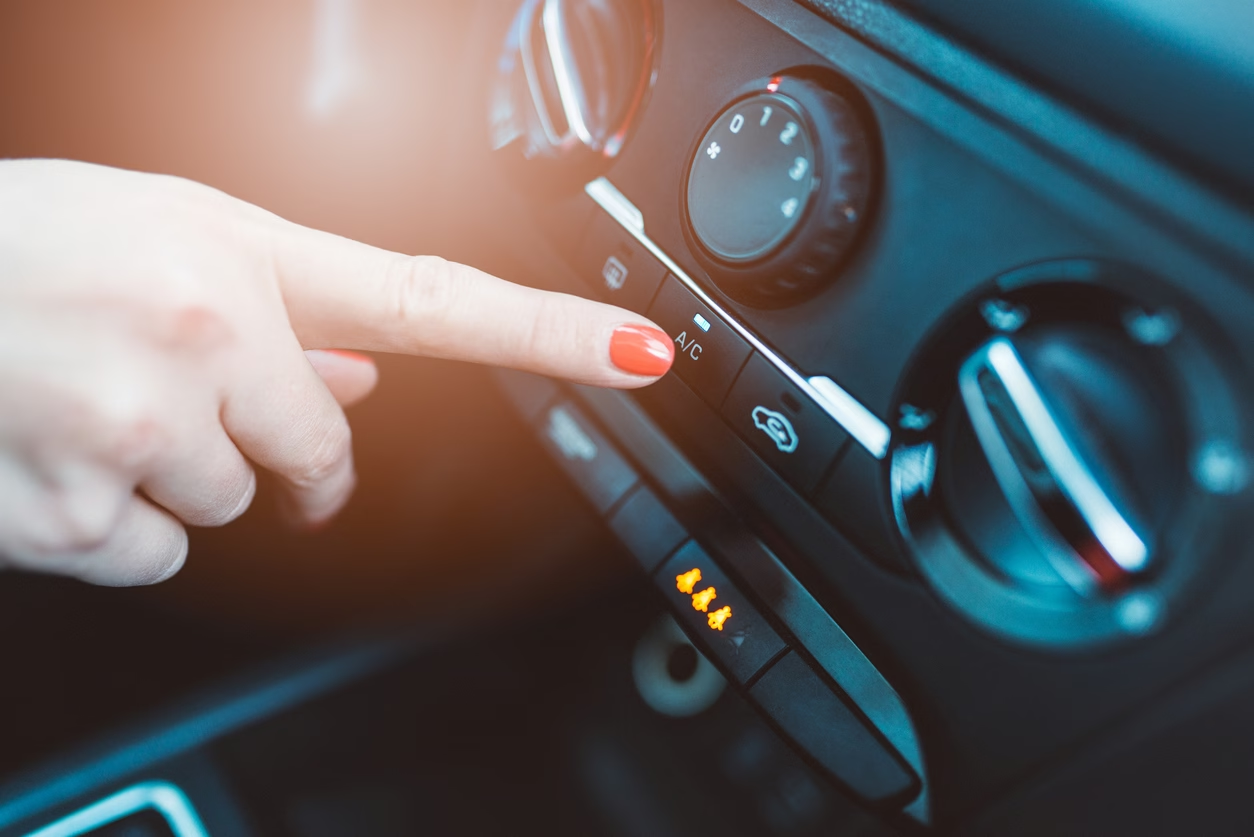

0 thoughts on “Washing Machine Making Whining Noise When Spinning”